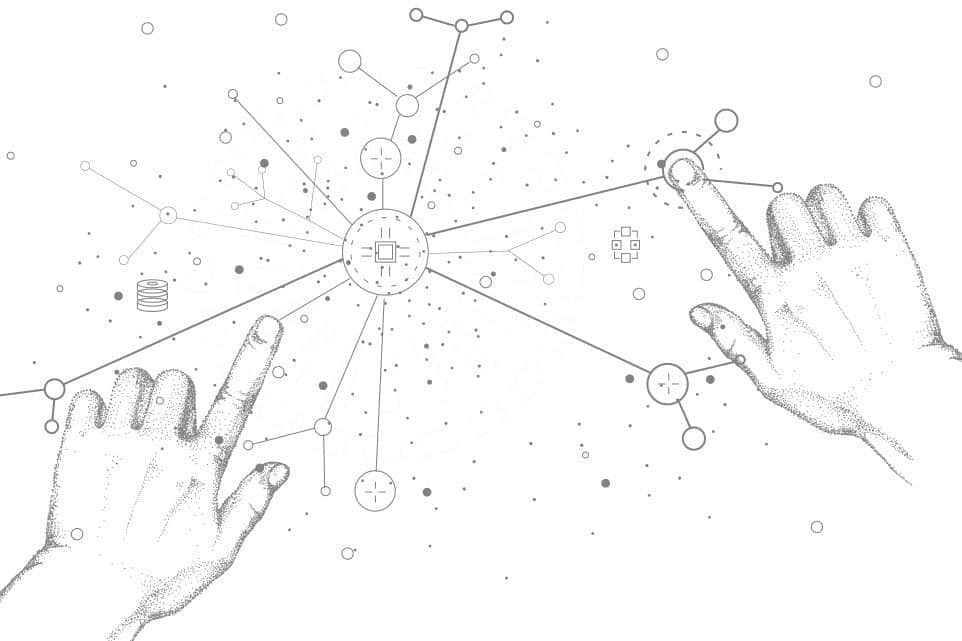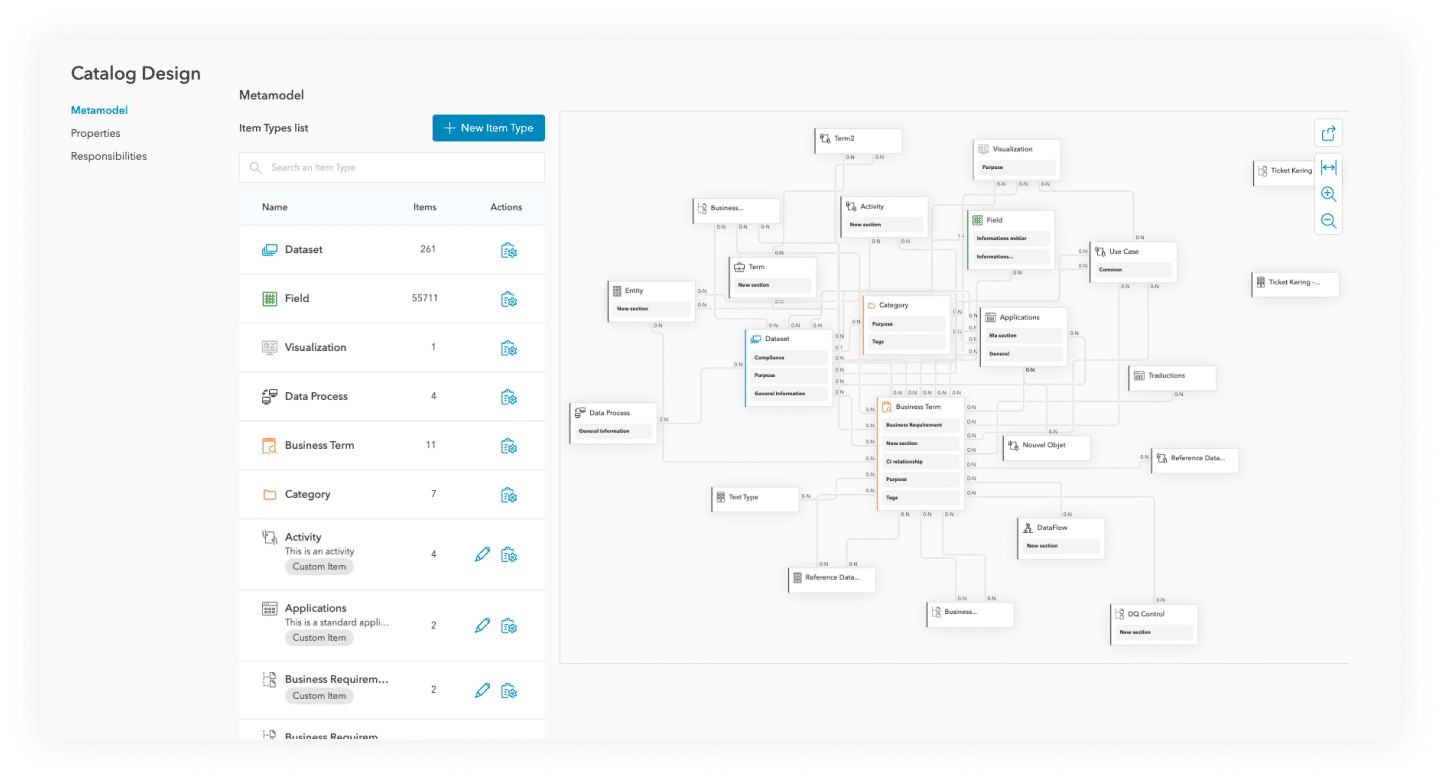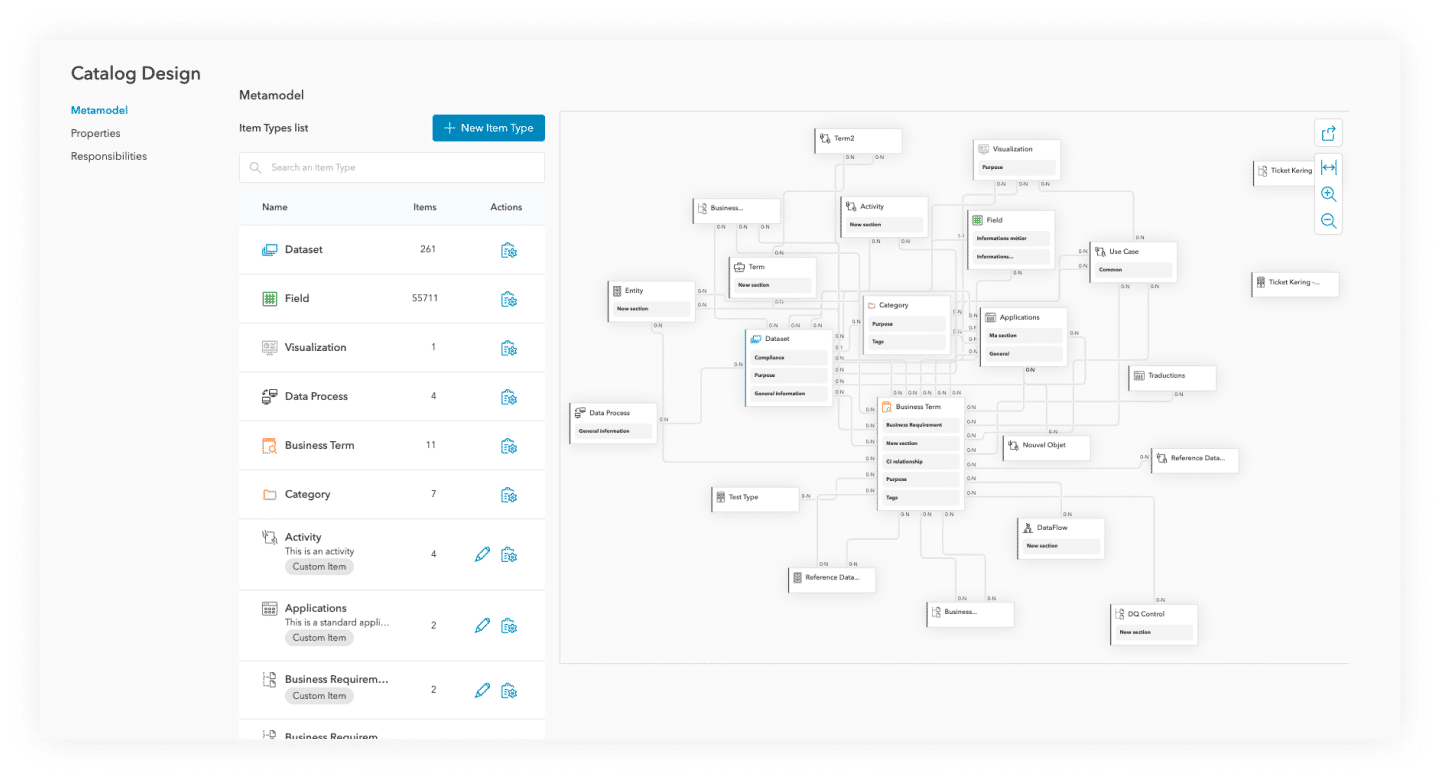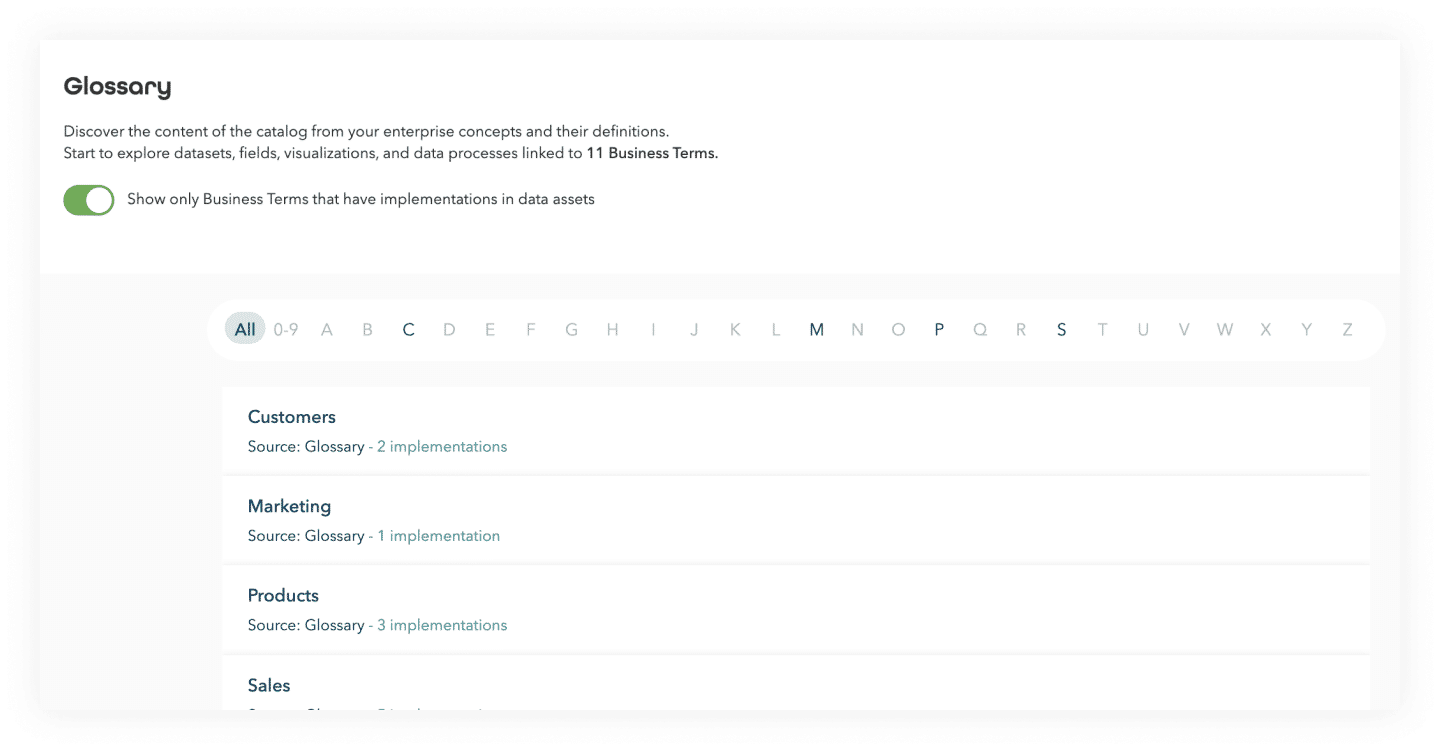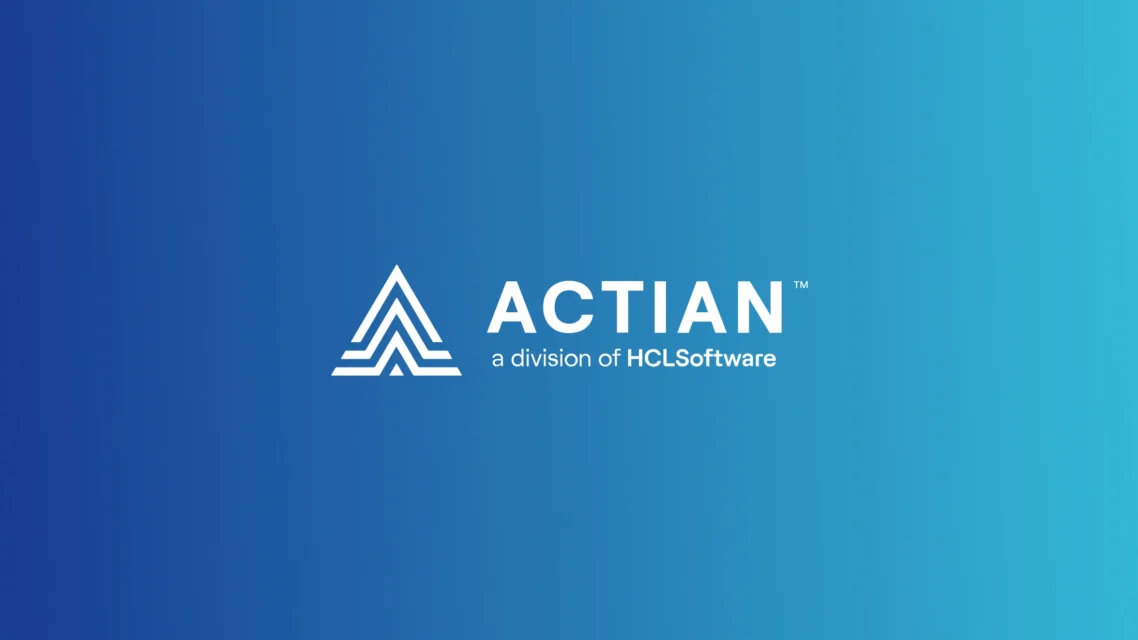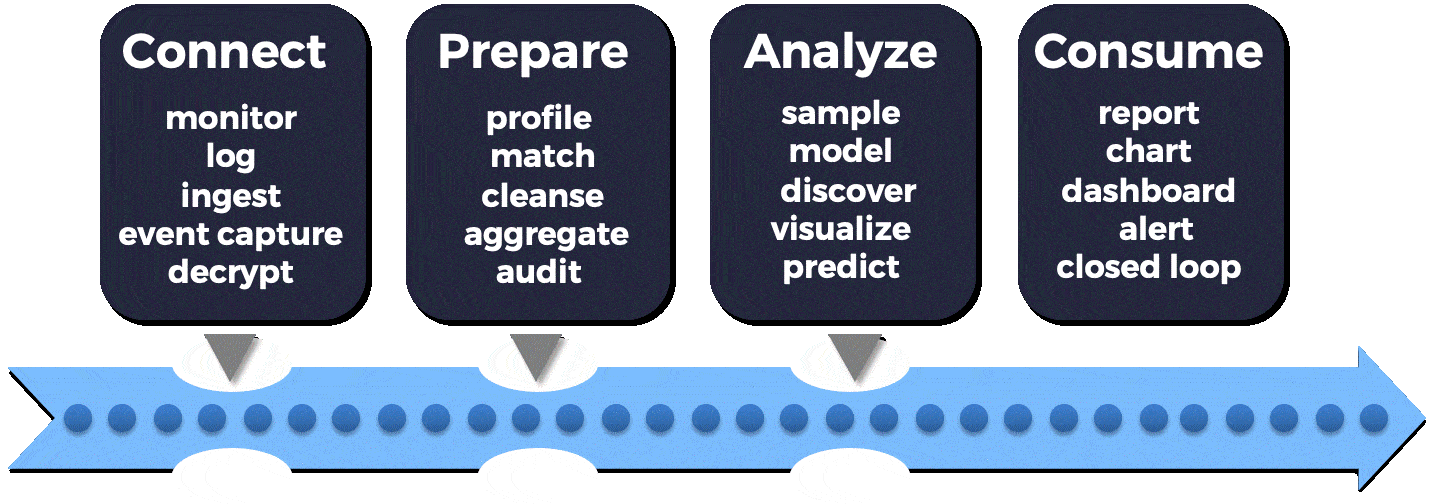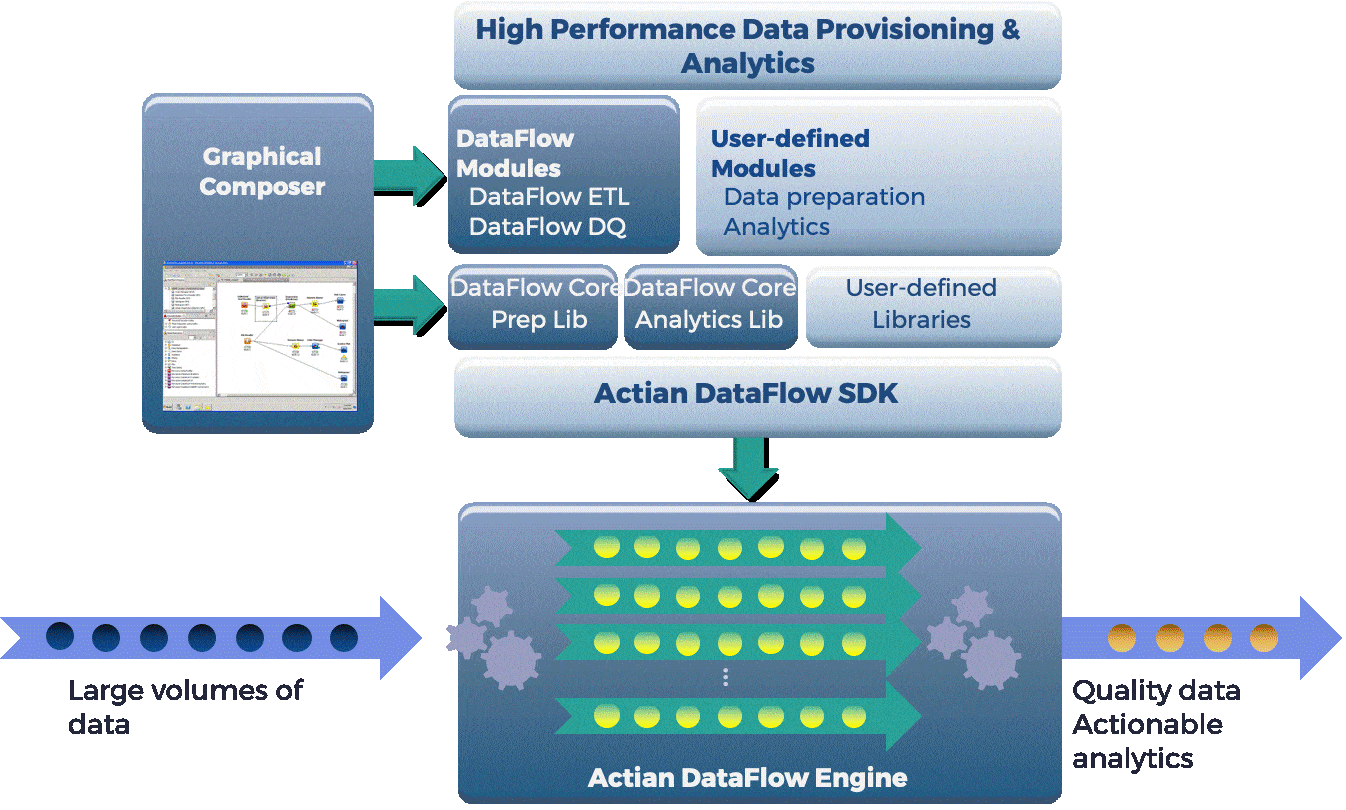Who are Data Stewards?
Actian Corporation
February 18, 2019

Data stewards are the first point of reference for data and serve as an entry point for data access. They have the technical and business knowledge of data, which is why they are often called the “masters of data” within an organization! As the true guardians of data, let’s discover their roles, missions, and responsibilities.
Faced with the challenges of data exploitation and optimization, organizations are in need of specialists who can combine their actions with their knowledge of data.
In a recent article, we discussed the prerogatives and differences between Data Engineers and Data Architects. We also deciphered the missions of a Data Analyst, a Data Product Manager, and a Chief Data Officer. All of these specialists have the mission of making data speak, of giving it life, either by organizing it, by defining a strategy, or by manipulating it. To do so, they all have a common requirement: to work with quality data.
This is the essential mission of the Data Steward, who is responsible for the quality of their data, which ultimately conditions all of the processes and decisions from a company’s data strategy.
The Data Steward’s Multiple Skills
To do so, a Data Steward must have strong communication skills and be able to distinguish the different types and formats of data.
Acting as a point of convergence for all the data generated and used in the company, they must also ensure constant vigilance over the quality of their data in order to identify the priority data that needs to be cleaned or standardized.
Versatile and multi-skilled, the Data Steward is considered the key contact for an organization in terms of data. So much so that they are often called the “master of data”. In order to live up to Data Stewardship requirements, this expert must be present on all fronts, as he or she plays a central role in the proper implementation of a data strategy.
What is the Role of the Data Steward in the Company?
Companies are reorganizing around their data to produce value and finally innovate from this raw material. Data Stewards are there to orchestrate the data in the company’s information systems. They must ensure the proper documentation of the data and facilitate their availability to their users such as Data Scientists or Project Managers, for example.
The essential role of the Data Steward is to supervise the life cycle of all available data, to ensure that its quality remains optimal. Behind the notion of data quality, there is also that of availability. The Data Steward, through his data quality missions, also contributes to ensuring that business teams can easily access the data they need.
To give the notion of Data Stewardship its full meaning and scope, the “master of data” must be able to play the role of the bridge between the data and business teams. Working closely with the business lines and in constant partnership with the IT teams, the Data Steward not only helps to identify and collect data but also to validate and structure it. Their communication skills enable them to identify the people responsible for and knowledgeable about the data, to collect the associated information in order to centralize it and perpetuate this knowledge within the company. More specifically, Data Stewards provide metadata knowledge; a structured set of information describing a dataset. They transform this abstract data into concrete assets for the business.
Although there is no specific training for the Data Steward profession, the most commonly sought-after profile is that of an expert business user, familiar with data management techniques and data processing.
What are the Data Steward’s Responsibilities?
The Data Steward must fulfill a wide range of missions. In particular, they must deal with the day-to-day management of data in the broadest sense of the term, ensuring that the processes for collecting and processing information are fluid. Finding and knowing the data, imposing a certain discipline in the management of metadata, and facilitating their availability to employees – These are just some of the issues that Data Stewards must address.
Once the data is collected, it is the Data Steward who is responsible for optimizing its storage and transmission to the business teams, after having created the conditions for indexing the data. As one of the key players in ensuring data quality, the Data Steward has another critical task: cleaning up the data by removing duplicates and eliminating useless information. To accomplish this, the Data Steward must ensure that the documentation of the data they manage is up-to-date.
Finally, as the Data Steward is also responsible for providing data access for all of your teams, they are constantly monitoring the security of their data assets, both with regard to external threats and internal dangers (particularly to the blunders of certain employees). Operational supervision of data, coordination of data documentation, compliance, and risk management, the Data Steward is a multi-faceted player who contributes to optimized data governance.
Subscribe to the Actian Blog
Subscribe to Actian’s blog to get data insights delivered right to you.
- Stay in the know – Get the latest in data analytics pushed directly to your inbox.
- Never miss a post – You’ll receive automatic email updates to let you know when new posts are live.
- It’s all up to you – Change your delivery preferences to suit your needs.
Subscribe
(i.e. sales@..., support@...)

